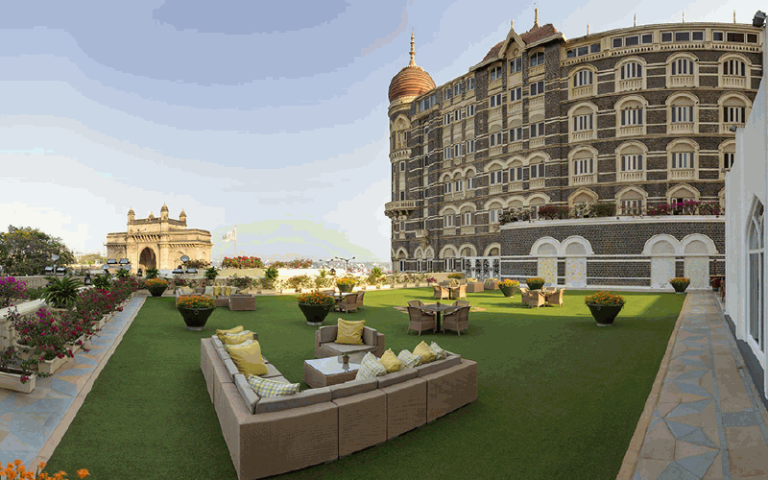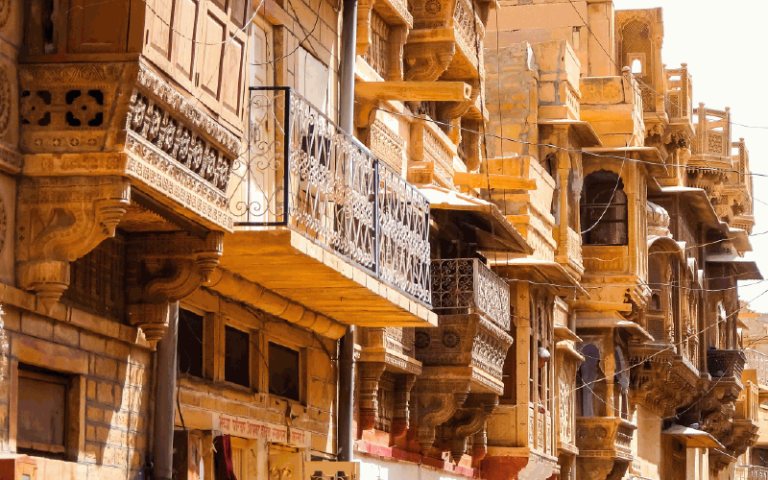Who Discovered the Sea Route to India
Vasco da Gama discovered the sea route to India in 1498. Da Gama was a Portuguese explorer who set sail from Lisbon to find a new route to the Indies. After sailing around the Cape of Good Hope, he arrived in India and established trade relations with the local rulers.
The sea route to India allowed for increased trade between Europe and Asia and played an important role in the Age of Discovery.
In 1497, Portuguese explorer Vasco da Gama set sail from Lisbon in search of a sea route to India. After rounding the Cape of Good Hope, he arrived in Calicut (now Kozhikode) in 1498. This was the first time a European had reached India by sea, and it opened up a whole new trade era between Europe and Asia.
Who First Discovered the Sea Route to India?
The first recorded sea voyage to India was made by Eudoxus of Cyzicus, a Greek sailor and geographer, in 118 BCE. His account of the voyage, which he documented in a book called Indica, is one of the earliest surviving records of travel to the Indian subcontinent. Eudoxus sailed from Egypt to India via the Red Sea and the Persian Gulf.
He spent several months in India, documenting his travels in great detail. His account provides valuable insights into the cultures and societies of ancient India. It is not known who first discovered the sea route to India.
However, Eudoxus’ account suggests that it was probably an exploration undertaken by Greek sailors sometime in the early centuries BCE.
Who Discovered the Sea Route of India Class 8?
Who discovered the sea route of India Class 8? The short answer is that Portuguese explorer Vasco da Gama discovered the sea route to India in 1498. However, there is a bit more to the story than that.
It was an Arab sailor named Ahmad ibn Majid who first identified the possibility of a sea route from Europe to India back in the 15th century. However, at that time, no one had yet sailed around Africa (the southern tip was still unknown), so the idea seemed impractical. Vasco da Gama finally made the journey a reality nearly 50 years later.
He set sail from Portugal in 1497 with four ships and 170 crew members. After a long and difficult journey, he arrived in India in 1498. He then returned to Portugal in 1500 with a cargo of spices, which sparked a new age of trade between Europe and Asia.
Who Discovered the Sea Route of India Class 7?
Vasco da Gama discovered the sea route of India. He was a Portuguese explorer who set sail from Lisbon in 1497. His expedition arrived in India in 1498, becoming the first Europeans to reach the subcontinent by sea.
Da Gama’s voyage marked the beginning of European trade with India and established Portugal’s colonial empire in Asia.
When was Sea Route to India Discovered?
In 1497, Portuguese explorer Vasco da Gama became the first to sail directly from Europe to India. Before this, Europeans had to travel overland through Asia or take a long and dangerous journey around Africa. Da Gama’s voyage changed all that and opened up a new world of trade and cultural exchange.
European people dreamed of finding a sea route to India for centuries. The country was known for its wealth of spices and other valuable goods, but getting there was extremely difficult and expensive. That all changed when Vasco da Gama set sail from Lisbon in 1497.
After stops in Portugal’s African colonies, da Gama finally arrived in India in 1498. His voyage ushered in a new era of trade between Europe and Asia and made Portugal one of the wealthiest nations in the world. Today, we remember da Gama as one of the most important explorers in history.
Who Discovered the Sea Route to India in 1498
Most people know that Christopher Columbus discovered America in 1492. Less known is that just six years later, another explorer named Vasco da Gama sailed from Portugal to India, opening up a whole new world of trade and commerce. Da Gama’s journey was no easy feat.
Not only did he have to brave treacherous waters, but he also had to contend with hostile native peoples along the way. Nevertheless, he persevered and eventually reached his destination, becoming the first European to do so by sea. The impact of da Gama’s discovery cannot be overstated.
Before his voyage, the only way to get from Europe to India was by land, which could take months or even years. But with da Gama’s sea route now open, trade between East and West flourished like never before. It was truly a momentous achievement that changed the course of history forever.
Conclusion
In 1497, a Portuguese explorer named Vasco da Gama set sail from Lisbon in search of a sea route to India. After rounding the Cape of Good Hope, he arrived in Calicut (now Kozhikode) on the Malabar Coast in May 1498. This was an important achievement as it opened up trade between Europe and Asia and marked the beginning of European colonialism in Asia.




